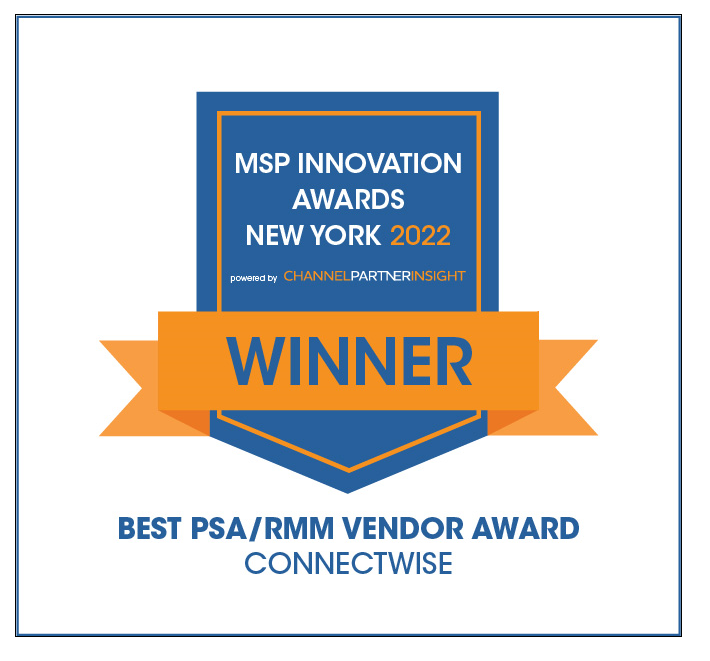The dos and don'ts of crafting the perfect SLA
You wouldn’t want an architect to build your new home without a blueprint, or to buy a new car that didn’t come with a warranty. A service level agreement (SLA) serves as both a blueprint and a warranty for your IT services. It lays out the specific details of your services, priorities and responsibilities, and clarifies expectations of both parties.
By treating an SLA as a living document and routinely reviewing and amending it, you’ll be able to more easily diffuse tensions when problems arise. An SLA can be a powerful part of your relationship with your clients, but for it to be successful, it must be built on a foundation of common understanding.
Don’t:
- Treat it as a cease fire. Presenting clients with an SLA as a response to their complaints or concerns is going to be seen as hostile and could lose you a customer. Fix the problem, then negotiate an SLA.
- Make it one-sided. An SLA serves as an agreement between both parties, and should be agreed on by both the IT service provider and the client. If one side is calling all the shots, the document will be uneven and can’t be a true agreement.
- Leave your clients in the dark. Failing to let your clients know how you’re meeting SLA expectations will only frustrate them. Be up front with your measurements, even if they aren’t 100% positive.
Do:
- Identify what’s covered. Explain what services your company will provide and what you will NOT provide, particularly if this deviates from expected service.
- Monitor compliance. Deploy tools that keep you up to date on SLA compliance so you stay on track to meet client needs.
- Set availability expectations. Let your clients know that your service desk is available as a point of escalation when issues arise. Include how they can contact you and expected resolution times based on problem severity.
Key management considerations are left out of too many SLAs, which makes it harder to meet expectations. Develop a framework for all the data elements needed to launch your SLA and don’t hesitate to rely on a best-practices framework like the Information Technology Infrastructure Library (ITIL). Keep monitoring in place to see how you can adjust and improve your SLA measurements. This kind of service-centric approach will keep your clients feeling like they’re your first priority.
SLA success
Set yourself up for SLA success by maintaining an open line of communication with your clients throughout their entire experience with you. Work with them at every step to create a document that meets their needs, and assures them of your expertise and commitment to their success.
Ultimately, a service level agreement helps you and your clients manage expectations and create a winning business relationship. If you take the time to do it right, your SLAs will be the glue that holds together your most successful client relationships.


